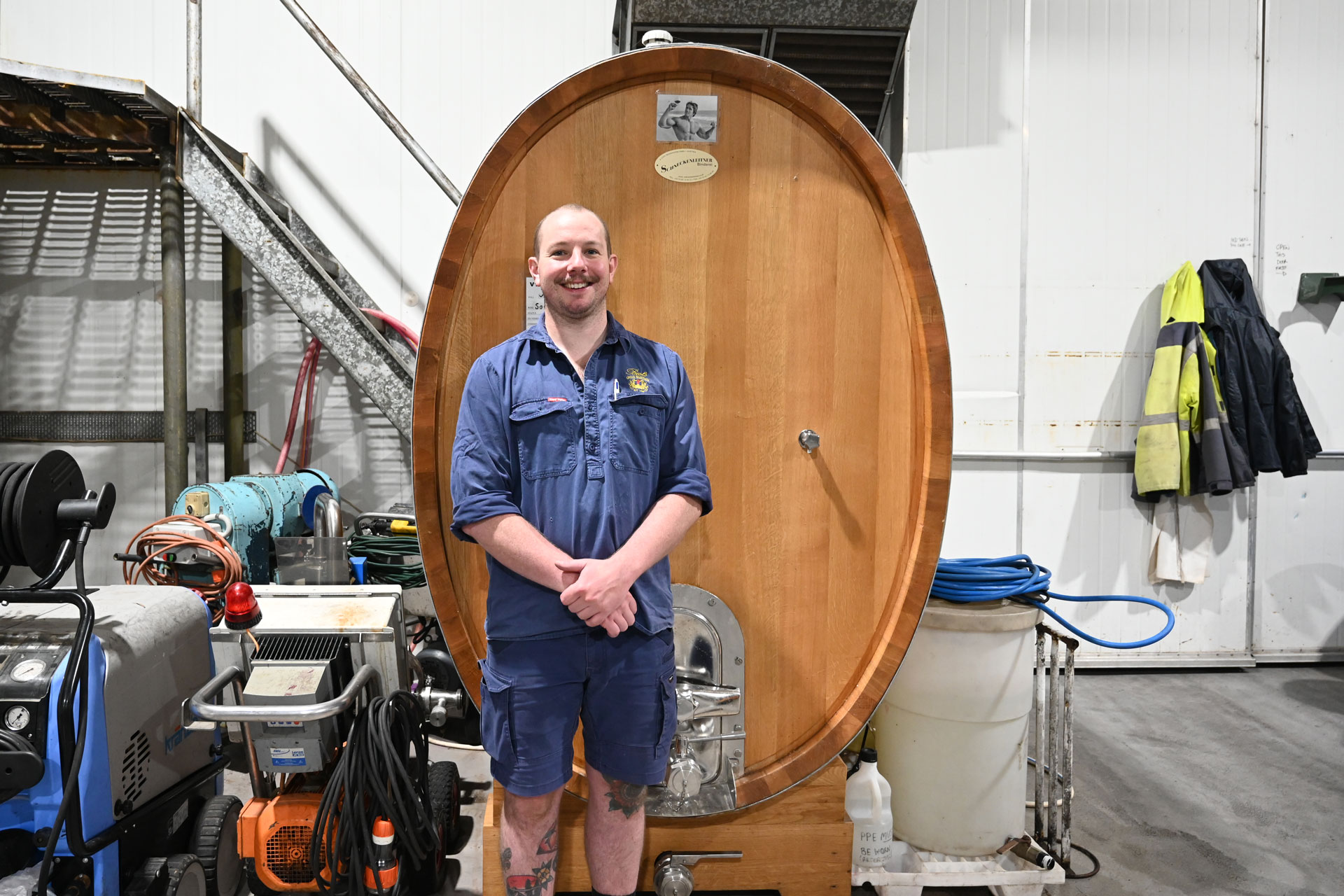How To Open Old Wines
With a healthy collection of aged and rare wines in our cellar. The team at Best’s has loads of experience opening these bottles with all the required pomp and ceremony. So how to open old wines safely? Simple common sense and a few tips and tricks will help ensure your old wine makes it into the glass as good as new. One piece of advice – don’t sweat over deciding to open old bottles. It’s better to drink them too young, than too old.
Our top 10 tips
- Not all bottles need decanting. Bottles with 15 or more years of age are encouraged to open up better in a glass, rather than fade in a decanter.
- Carefully take the bottle from its cellar position and place it upright in a cool area, close to where it will be served. Do this at least 12 hours before serving to allow any sediment to settle to the base of the bottle.
- Think about service temperature: 6-10°C for whites; 14-18°C for reds. Lighter styles are better at lower temperatures. It might be necessary to place a bottle of red in the fridge for 30 minutes before serving, especially on a hot day.
- If the wine is under cork, use a good corkscrew; the double-lever waiter’s friend style is the best for removing soft old corks.
- Cut off the foil seal below the lip of the neck, rather than cutting above the lip. It’s easier to cut, clean and pours better.
- Clean any mould, dust or muck from the lip of the bottle with a moist tea towel and/or dry brush.
- Keep the bottle upright and carefully place the tip of the corkscrew in the middle of the cork. With even pressure, gently turn the screw vertically downwards until ¾ of the screw is in the cork.
- Gently lever the corkscrew up in stages – slow is the key when removing an old cork. If the cork tears you may need to re-screw in the corkscrew and start again. If the cork comes out in clumps, don’t worry, just remove as much as possible then quickly pour a dash of wine into a glass which should remove any dust or loose bits of cork.
- Pour a sample into a glass and taste. Hopefully the cork gods have been kind and the wine is still attractive and vibrant. If the wine is closed (very little aroma) or reductive (smells like a struck match or rotten egg), it will probably benefit from decanting but 1 hour should be plenty.
- When decanting, slowly pour the wine into a decanter, a clean empty bottle or a similar-style vessel. As you come to the final pour, look for sediment in a well-lit area. When sediment reaches the neck, that’s a sign to stop pouring. If you don’t have a decanter, rinse your original bottle and pour the wine back in for service.
Hopefully, your timeworn wine will have aged gracefully and you’ll have the chance to savor, discuss and enjoy. (If possible, reserve a backup in case the wine has reached its use-by date.)





